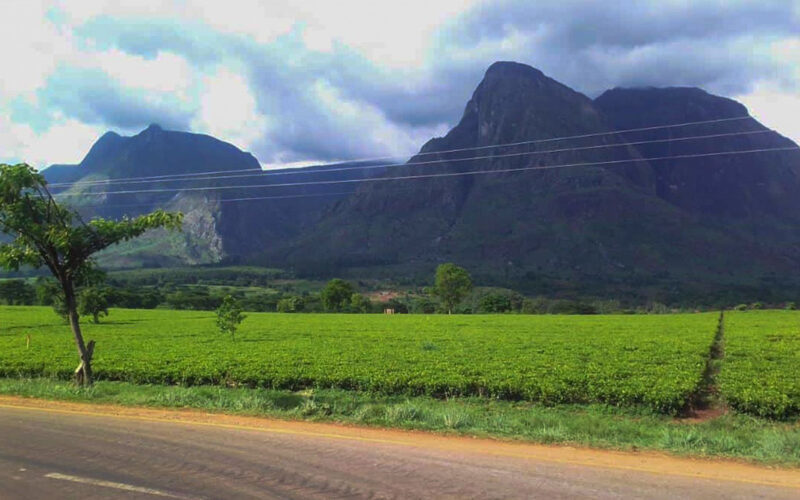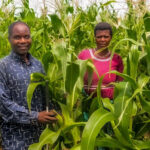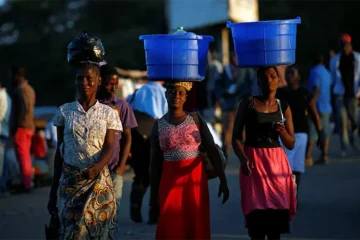BIRD STORY AGENCY STAFF
65KM east of Blantyre, a national icon rises sharply from Phalombe plains, close to the tea-growing Mulanje district; at 3002 metres tall, free-standing Mt. Mulanje is Malawi’s highest peak.
The mountain and its surroundings – with numerous tea estates and a once-thick mountain forest — has been home 27-year-old David Samikwa’s home for as long as he can remember.
“My parents have been working in the tea estates. We have been raised here, taken to school here and even if we move out occasionally for tertiary studies, Mulanje is the place we know best,” he said. But that place has changed considerably.
“I went to an estate primary school and not a single day passed without a hare crossing my path, or a hyena laughing deep in the forest or without spotting a snake basking in the woods, especially during our mid-morning breaks,” he recalled.
The once dark-thick forest has been thinned, leaving the mountain’s slopes visibly bare. In many areas, tea plantation workers have cut down trees to plant maize.
“The community has eaten into the forest so bad. The animals are not there anymore and everything is different” Samikwa explained.
“The main problem is energy demands. In Malawi, only 15 percent of the population is connected to the national grid leaving the majority to depend on wood and charcoal for cooking,” he said.
The youth activist is now determined to reverse the trend. He is one of the founders – and now, secretary-general, of Tikambe Youth Organization, a community non-profit that is planting trees, training youth groups on briquette making, organizing clean-up campaigns and driving climate and environmental awareness in Malawi.
Tikambe was established in 2013 as a drama group that performed on-stage drama to increase information and awareness on HIV/AIDS. It has since diversified and now focuses on climate action.
“We work very closely with the Forest Service and with the National Youth Council of Malawi,” he explained.
The group, which has planted close to 20,000 trees since 2020 (and boasts a survival rate of 90 percent), recently expanded its briquette-making activities to reach more communities.
“So far we have trained three youth clubs which are actively doing biogas but with briquettes, we have reached out to more than 15 youth groups,” he said.
While Tikambe focuses most of its activities on the southern part of Malawi where the majority of the country’s forests are concentrated, Samikwa and his group also undertake campaigns in cities and districts across the nation.
“We have active youth cleaning groups in Zomba City, Blantyre City and in different smaller districts,” he explained.
Samikwa believes education and awareness levels have been the major impediment to climate action, particularly around Mulanje.
“Even the 15 percent of the population accessing electricity are experiencing long hours of blackouts, some of which go up to 19 hours. They have no option but run to the nearest tree. We want them to have an option, they need the briquettes,” he explained.
“My goal and that of our group is to pump out as much climate information to the people at the grassroots so that the transition to clean energy and the process of safeguarding our forests is undertaken by the majority and these are at the bottom,” he added.
According to the young activist, climate-related messaging needs to go “mainstream” to solve the information gap and bring real change.


















